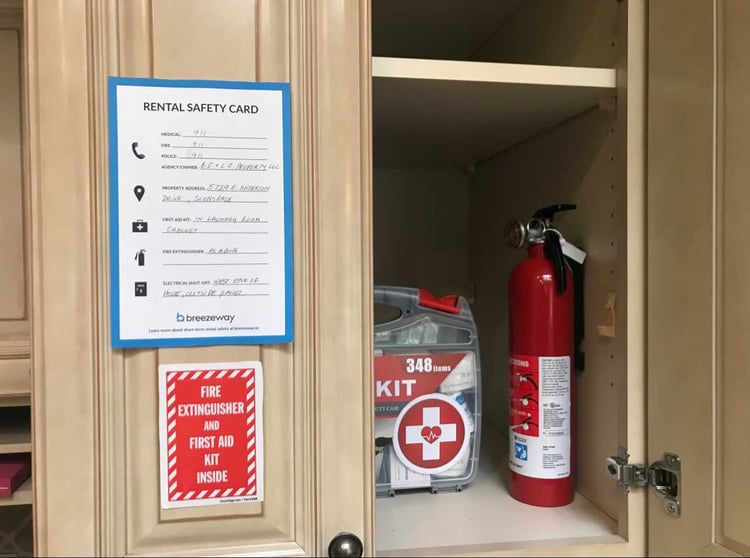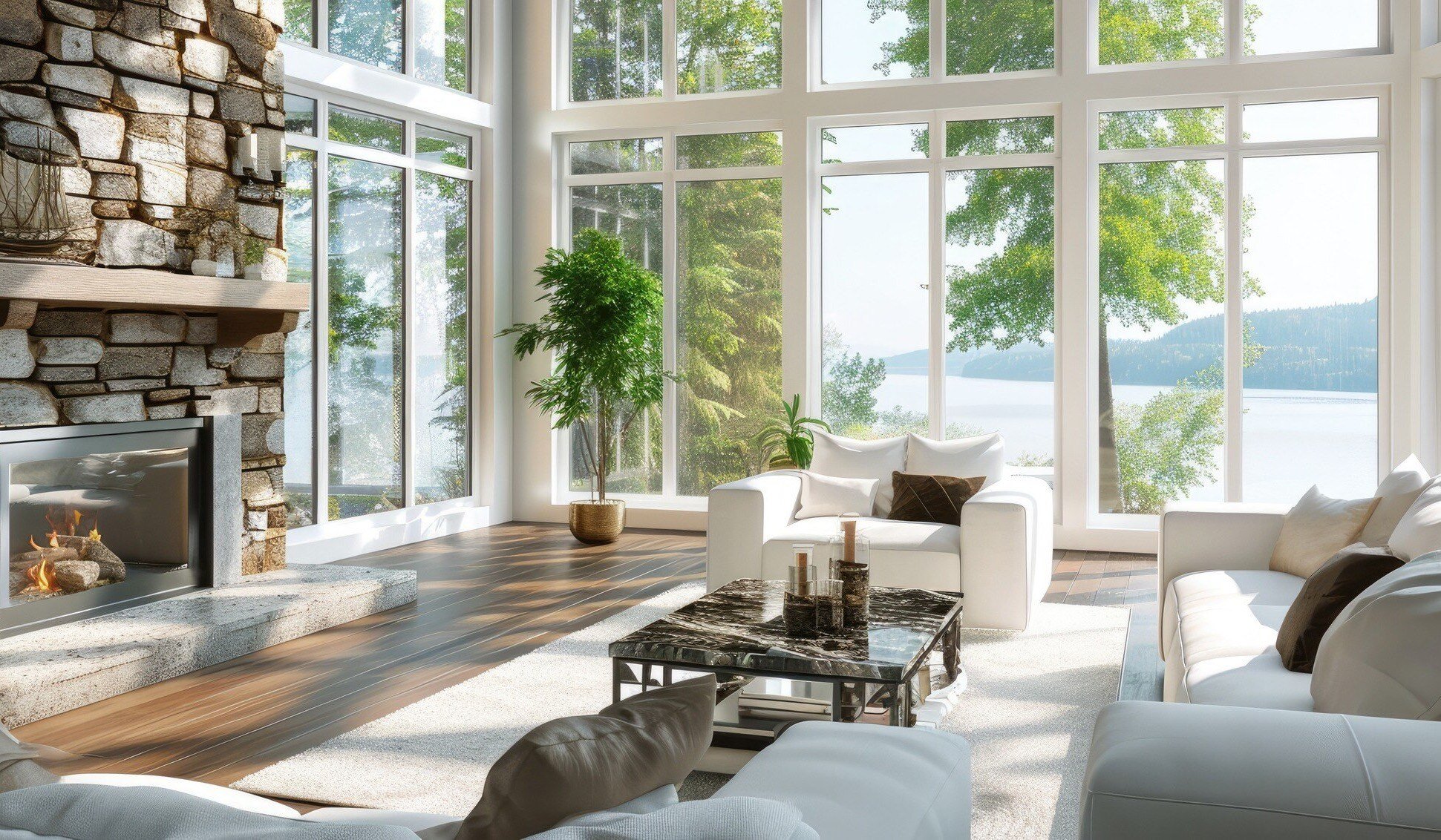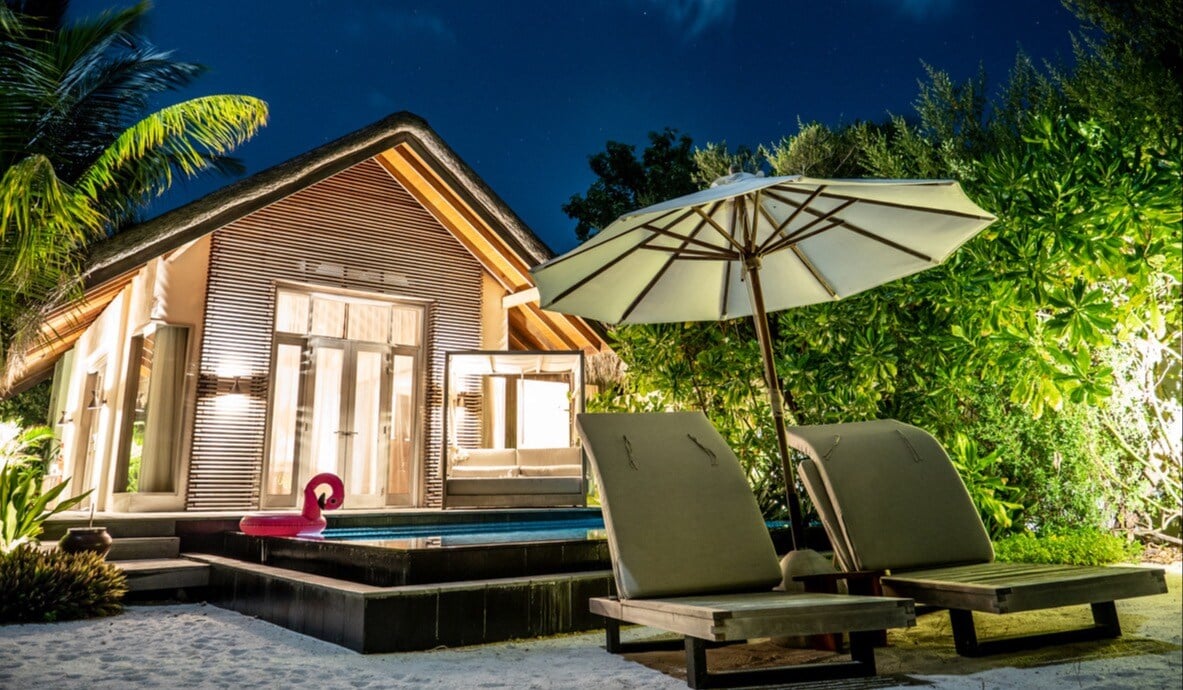
- ...
- Blog
- How Vacation Rental Safety Can Drive Service Revenue
How Vacation Rental Safety Can Drive Service Revenue

The events of 2020 have made it clear that property and guest safety are fundamental to delivering five-star guest experiences. So, where do agencies that are ready to commit to safety begin, and just how much additional service revenue can they expect?
For some agencies, there’s a long road ahead to get up to standard for safety inspections (for example, if none of your rentals have fire extinguishers). For others, maybe core fire safety is already in place in your rentals, and now it’s time to look at bunk beds, trip hazards and pool safety.
The first focus of any vacation rental agency should be on ensuring that rental properties meet International Building Code (IBC) Life Safety requirements. Short-term rentals are not “grandfathered in” when it comes to safety. Just because there isn’t any enforcement or inspections in place in your state or locality, doesn’t mean you can’t be held civilly liable if an accident takes place. That said, the primary goals in investing in safety programs should be to keep your properties and guests safe, and generate additional revenue for your business.
Let’s assume you manage 120 rental properties, and a majority of them need new smoke alarms (smoke alarms older than 10 years should be replaced, as these have over a 27% failure rate). The average 3-bedroom vacation rental requires seven unique alarms…totaling 840 alarms across your properties. It doesn’t just stop at smoke alarms, though. Carbon monoxide alarms, fire extinguishers, first-aid kits, water safety items – there are many safety elements that managers should routinely inspect and upgrade, which can size-able impact your bottom line.

Marking up those 840 smoke alarms just 10% can generate $3,360 in revenue for your agency. At an average of 15 minutes to install each one, that’s another $12,600 in billable hours (assuming $60 per hour) for some of your staff that may have little work to do otherwise during seasonal downtime. Add in installing carbon monoxide alarms (required in each bedroom and in the hall), and that’s another $3,000 in mark-up revenue and $8,000 in billable hours (average 3-bedroom rental requires five alarms). This additional income and work mean your agency can keep two to three staff through the downtime in the winter.
Here at Breezeway, we recommend that every rental have a full building inspection with a certified inspector every 5 years (with focus on decks and other building infrastructure). Partnering with a home inspector often allows a bulk discounted price, which can be absorbed as profit. A typical home inspection can cost anywhere from $400 to $600, meaning a $100 discount per property provides $12,000 in shared income with the home inspector.
Since home inspectors don’t inspect non-permanent features (e.g. grill placement and pools and hot tubs), best practice calls for an additional safety inspection at each property. We recently launched a Short-Term Rental Safety Inspector (STRSI) program to help empower professionals to ensure you maintains safe and high-quality rental properties, prevent accidents, reduce liability, and maximize each guest’s experience. Better yet, certified inspectors can perform and charge for annual safety inspections (at properties they manage AND other rentals in their market). In fact, many agencies are making $20,000 a year in income from safety inspections.
Want to learn how you can become a certified safety inspector? Click here to get started, or contact us directly.
Ready to diversify your rental portfolio?
Streamline operations for short-term rentals and multifamily residential units with Breezeway's automated work coordination and guest experience tools to ensure guests and tenant satisfaction.
More from the Blog
Visit the blog


